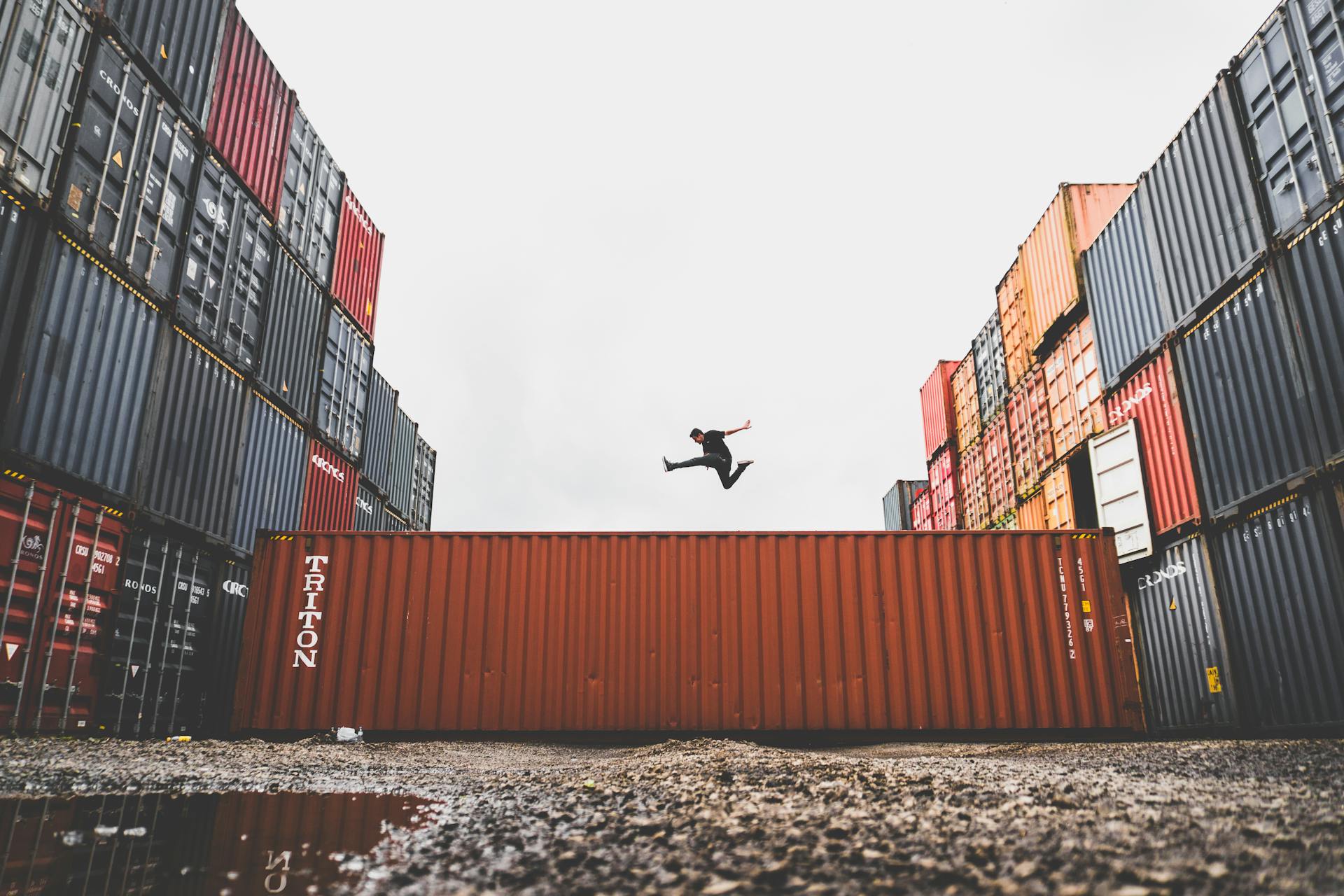A ground-level container offers a secure and practical way to store expensive equipment and tools on site. These containers are built with strong materials and sturdy locks, making it much harder for thieves to break in. Many people use them on construction projects, renovations, or large events where keeping gear safe is important.
Ground-level container rental services make it easy to get the protection needed for valuable assets without dealing with stairs or complicated loading ramps. Renting one means the equipment stays closer to where it gets used, saving both time and effort. Companies providing ground-level container rental services can deliver these containers quickly and offer flexible rental options.
Besides security, a ground-level container stands up well against weather and debris, keeping tools and machinery clean and dry. This helps prevent loss and damage, which can disrupt work and raise costs. Renting a unit can be a smart move for anyone needing short or long-term storage for valuable gear.
Assessing Ground-Level Container Security
A ground-level container is often used for storing high-value tools and equipment on job sites, in warehouses, or during moves. Safety depends on the features built into the container, how access is controlled, and where the container is placed.
Physical Security Features
Physical security begins with the way a container is built. Thick, corrugated steel walls help prevent quick or easy break-ins. Many containers feature reinforced doors with interior locking rods and a heavy-duty lock box that shields padlocks from bolt cutters.
Some ground-level containers come with extra welds at stress points and tamper-resistant hinges. Internal locking systems are also common. Extra security can be added with alarm systems or motion-activated lights.
A summary of useful features:
| Feature | Benefit |
| Heavy-gauge steel | Resists cutting and forced entry |
| Lock box or hidden lock | Protects padlock |
| Reinforced corners | Adds strength at weak spots |
| Internal locks | Makes tampering difficult |
Choosing a container with these built-in protections is an important step in keeping contents secure.
Risks of Unauthorized Access
Containers at ground level can be easier to approach than those elevated or inside a building. Unauthorized access threats include break-ins with tools, forced door entry, or tampering with locks during off-hours.
If the access point is not well-protected, thieves may use simple tools to cut padlocks or pry doors. Poor lighting around the container can provide cover for these activities. Weak security also raises the risk of vandalism.
It’s helpful to keep a record of who has keys or codes and limit sharing access. Regularly checking for tampering or damage allows problems to be found early. A layered approach—using secure locks, lighting, and even cameras—reduces risk.
Location Factors Affecting Safety
Where a ground-level container is placed affects its safety. An isolated spot is riskier than a location near active work areas or visible to supervisors. Open, well-lit spots can make it harder for someone to break in without being seen.
Draining and leveling the surface prevents water from collecting around the container and damaging the contents. Placing the container on gravel or blocks keeps it stable and reduces rust or water seepage.
Other helpful practices include installing fencing, securing the container to the ground, and using warning signs. The more visible and secure the location, the less likely it is to attract unwanted attention.
Protecting Expensive Equipment and Tools
Ground-level containers play a key role in keeping tools and equipment safe on a jobsite. They offer physical security and help keep valuable items protected from weather and theft.
Climate and Environmental Protection
Tools and machines can get damaged by moisture, dust, and extreme temperatures. Ground-level containers offer sealed doors, metal walls, and sometimes vents to keep out water and dirt. This keeps tools dry even during storms or heavy rain.
Protective flooring helps block ground moisture. Ventilation can reduce humidity, which helps prevent rust on metal tools and corrosion on sensitive equipment parts.
Some containers can be equipped with insulation or climate control to stop temperature swings from freezing or overheating electronics and battery tools. These features reduce the risk of sudden breakdowns and help equipment last longer.
Organization and Asset Management
Having a specific storage container helps workers find and track their items more easily. Many containers allow for shelves, pegboards, and bins to keep commonly used tools in one place. This saves time by cutting down on searching for missing gear at the start of each day.
The doors can be locked at night, reducing damage or confusion about where items are left. Using a container as a secure, organized storage area helps workers keep a log of which equipment goes in and out. This organization means fewer lost or forgotten items and fewer replacements over time.
Maintenance and Longevity Considerations
Proper storage protects expensive gear from dust and direct exposure, which can wear parts out faster. Closed containers also stop sunlight from fading screens and tool handles. Storing items off the ground keeps them away from mud, oil, and accidental bumps with heavy equipment.
If a container is kept clean and clutter-free, inspections are easier and routine maintenance does not get delayed. Regular checks of both the container and the equipment inside can spot leaks, pests, or potential flaws before they become bigger problems. This approach supports a smooth workflow and helps avoid lengthy repairs or replacements.
Conclusion
A ground-level container can offer a straightforward way to store expensive tools and equipment. Its strong steel structure helps protect against theft and bad weather.
When used with security features like heavy-duty locks and proper shelving, it keeps items organized and safe. Many find it a practical choice, especially on busy job sites.
For those needing a secure, weather-resistant storage option, ground-level containers are worth considering.

